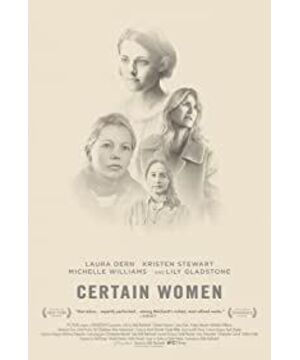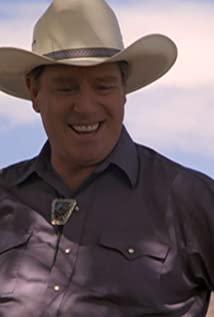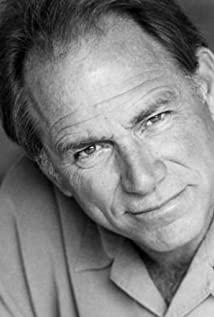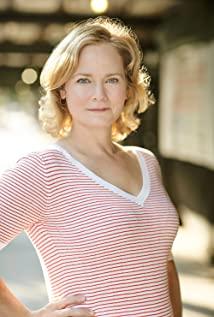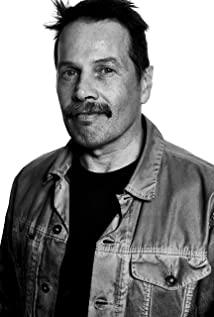Kelly Reichardt's films have always been good at capturing and depicting the delicate emotions of characters and the fusion of characters and environments. In a sense, they are somewhat similar to John Cassavetes, that is, showing the state, which is the result of the state. Drive the narrative. But the difference is that Cassavetes' films always have extremely explosive conflict scenes, a kind of extreme catharsis after emotional repression or even out of control. This is the biggest source of dramatic conflict in Cassavetes' films, while the explosive The performer was his wife, Gina Rowlands. Whether it's "Torrent of Love", "Woman in Power" or "Premier Night", the camera is aimed at her face, the face shows the state, and the ups and downs of the state start the action and narrative. Reichardt's images, on the other hand, are not as crude and improvised as Cassavetes, but are more refined and orthodox, with almost no hand-held shots, slower rhythms, and more restrained emotions, without placing the camera too close to the face. Whether it's "Mick's Shortcut", "The First Cow", "Joyful Yesterday" or "Wendy and Lucy", Reichardt puts the story away from the city, which is also in line with Caso. Unlike Waits, the state of man and nature is the tone that Reichardt has been trying and perfecting, and there will always be elements of ethnic minorities (Indians), but even so, the face is still the most important element in her films . Michelle Williams, as an actress who has worked with Reichard a lot, her restrained performance style and diverse interpretations perfectly match the style of the film, which is the same but opposite to Rowlands.
In this film, Williams appears in the second story, playing a strong woman, her husband is gentle and cheating, her daughter is rebellious and does not deal with herself, and family life is stagnant, but they did not quarrel, just silent and simple words The dialogue outlines this state. She is lonely and strong, and she is solely responsible for negotiating the purchase of land with the elderly living alone, and her husband is silent or even a disservice. Williams was always indifferent and silent, and only smiled when he finally looked at the old man, but he didn't get a response. In my opinion, the second story is the one that best reflects Reichardt's consistent style and temperament, slowness, restraint, details, the confrontation and influence of people and the external environment, the state of the characters and the face, Williams' face. And the third story is romantic and sad, a story about a woman who loves a woman unrequitedly. Because of Stewart's existence, this story is undoubtedly the most popular, but the soul of this story is the farm girl and the face of the farm girl. Every time she confronts Stewart who plays the teacher in the restaurant (Stuart is so handsome to wipe his mouth with a knife and fork in the restaurant...) Her admiration, admiration, shyness and longing are all on her face, every time The back that stopped and watched Stewart leave, the face when she drove home alone, the face that carried Stewart on horseback, the face that expected a loving response when they parted, the sad and anxious face she drove alone after Stewart quit her job, and drove thousands of miles to find it. Stewart, who works in a law firm, has a sad and embarrassed face after receiving an indifferent response, and a drowsy face after driving fatigued. Everything is her face, from anticipation to action to falling to the bottom, her face is this story. The first story is arguably the most dramatic of the three. The lawyer is powerless to the client's case, and the client desperately takes hostages to speak up, but in the end sends himself to prison. Laura Dern, an American independent film professional, can be said to be playing normally. The man she sleeps with at the beginning is Williams' husband in the second story, and Stewart in the third story is in her law firm. In the work, the three stories have characters related to each other.
View more about Certain Women reviews


